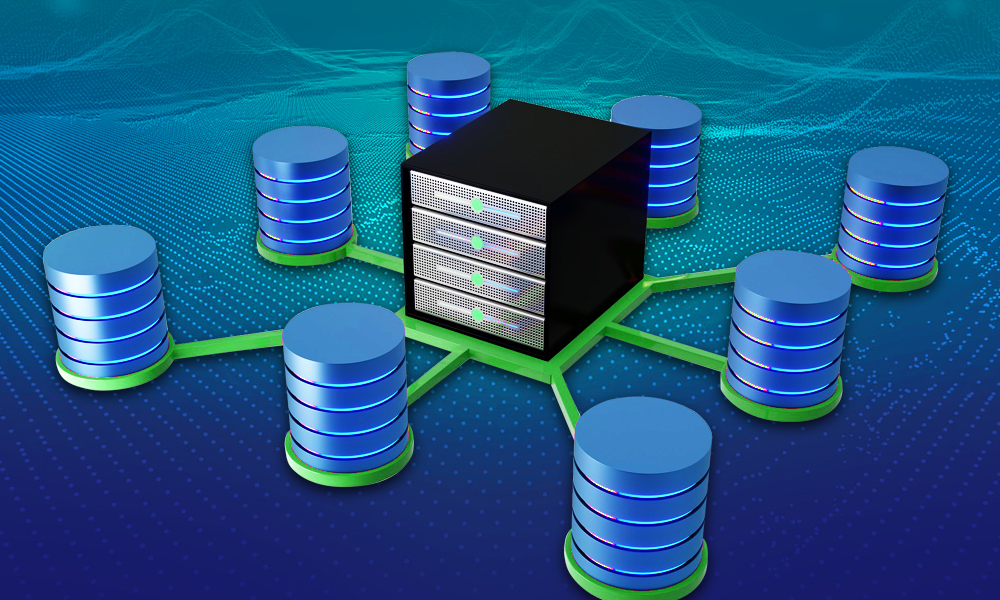The Impact of Edge Computing on Database Design

Edge computing is a relatively new concept in the world of technology. It involves processing data at the edge of the network, closer to the source of the data. This approach has gained popularity due to its ability to overcome the challenges associated with cloud computing, such as latency, bandwidth, and security concerns.
Edge computing has a significant impact on database design. Traditional database designs are not suitable for edge computing because they are optimized for centralized processing. This article will explore the impact of edge computing on database design.
What is Edge Computing?

Edge computing is a distributed computing paradigm that brings computation and data storage closer to the location where it is needed, improving response time and saving bandwidth. Edge computing is gaining popularity because it enables real-time data processing, reduces network latency, and improves reliability.
The traditional approach to computing involves sending data from the edge of the network to a centralized data center for processing. This approach can result in delays due to network latency, which can be unacceptable in applications that require real-time processing.
Edge computing involves processing data at the edge of the network using a network of devices, including sensors, gateways, and edge servers. This approach reduces the amount of data that needs to be sent to the cloud, improving response time and reducing bandwidth usage.
The Impact of Edge Computing on Database Design
Edge computing has a significant impact on database design. Traditional databases are not suitable for edge computing because they are optimized for centralized processing. The following are the ways in which edge computing impacts database design:
- Data Distribution: In edge computing, data is distributed across a network of devices. This approach requires a database design that can handle data distribution. Traditional databases are not designed for data distribution, which can result in performance issues.
- Real-Time Processing: Edge computing enables real-time data processing, which requires a database design that can handle real-time data processing. Traditional databases are not optimized for real-time data processing, which can result in delays.
- Low Bandwidth Usage: Edge computing reduces the amount of data that needs to be sent to the cloud, which reduces bandwidth usage. Traditional databases are designed for centralized processing, which can result in high bandwidth usage.
- Data Security: Edge computing involves processing data closer to the source, which improves data security. Traditional databases are designed for centralized processing, which can result in security vulnerabilities.
Edge computing is a distributed computing paradigm that brings computation and data storage closer to the location where it is needed. Edge computing has a significant impact on database design. Traditional databases are not suitable for edge computing because they are optimized for centralized processing. Edge computing requires a database design that can handle data distribution, real-time processing, low bandwidth usage, and data security.
As edge computing gains popularity, the need for database designs that can handle the unique requirements of edge computing will increase. Database designers will need to create database designs that are optimized for edge computing to take advantage of the benefits that edge computing provides.




